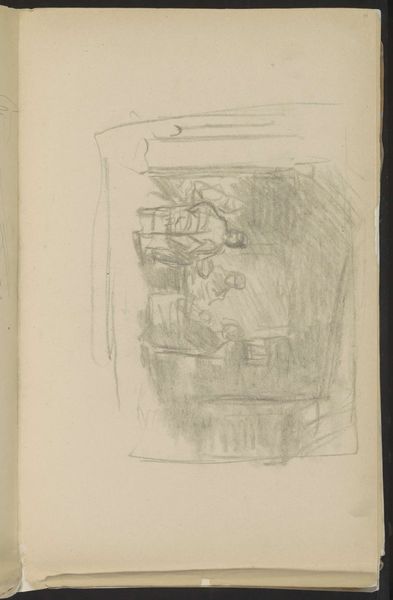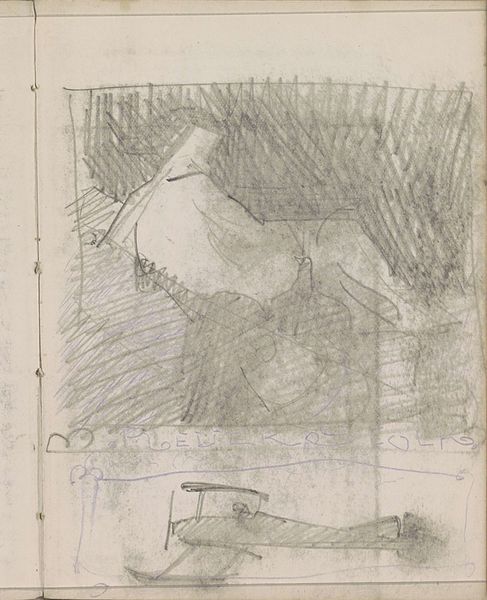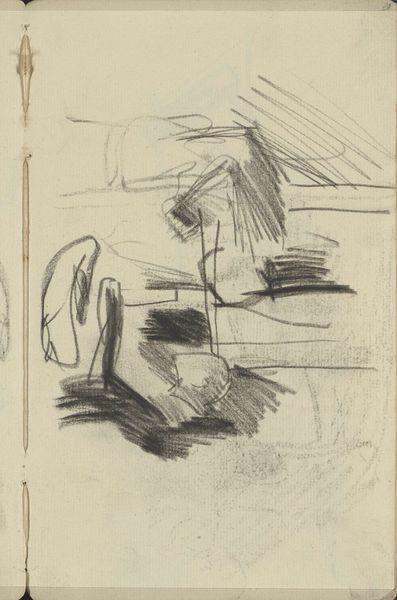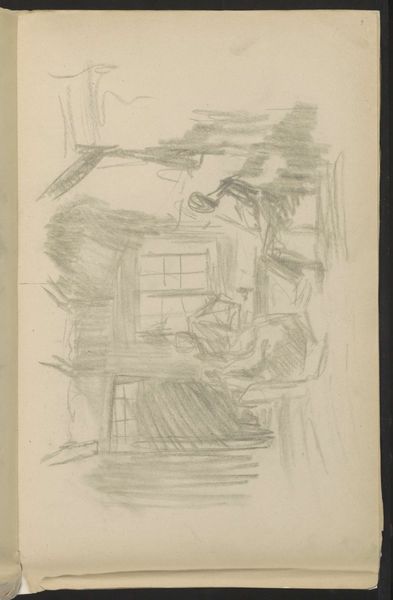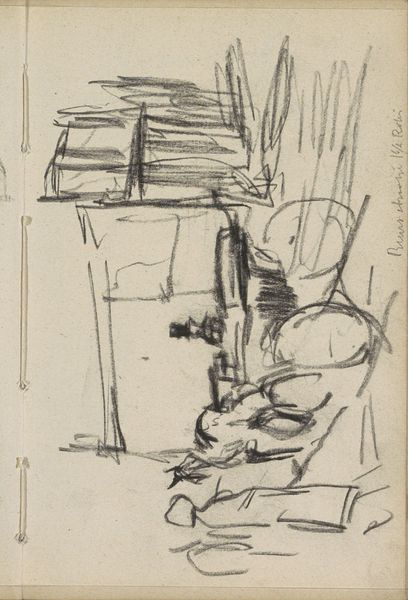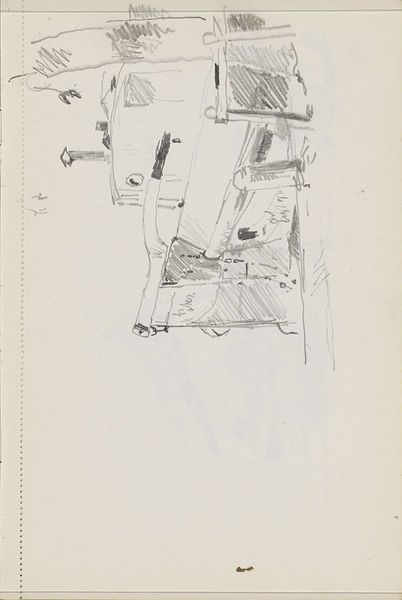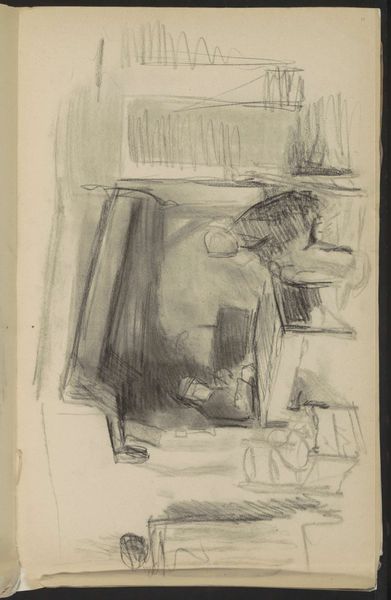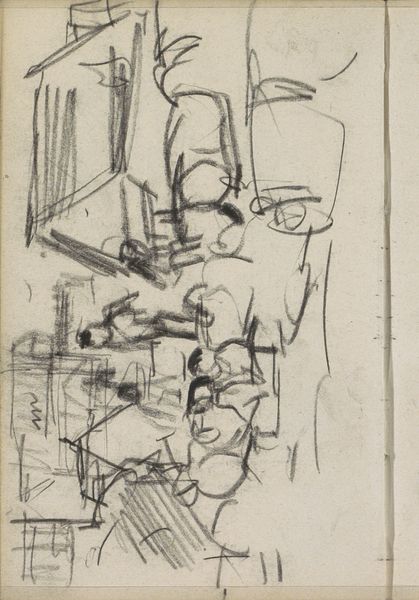
drawing, pencil
#
portrait
#
drawing
#
pencil
#
genre-painting
#
realism
Copyright: Rijks Museum: Open Domain
Editor: We’re looking at “Interieur met vier figuren rondom een tafel,” a pencil drawing by Albert Neuhuys created between 1854 and 1914, currently held in the Rijksmuseum collection. It feels like a very intimate, almost voyeuristic snapshot of a private scene. What do you see in this piece, especially considering its social context? Curator: This drawing invites us to consider the representation of domesticity and labor within 19th-century Dutch society. The figures huddled around the table—who are they? What are they doing? Are they family, workers? Neuhuys’s realism, a distinct stylistic choice of the period, compels us to look closely at the lives of the working class and rural communities. Consider the artist's possible intentions here. Editor: You make me think about the "genre-painting" tag applied to it. Can that offer insights into the narrative beyond the realistic depiction of people? Curator: Precisely. Genre painting often served as a form of social commentary, subtly revealing power dynamics and inequalities. In this drawing, we must ask: whose story is being told and from what perspective? Do the figures seem to have agency, or are they merely subjects for our observation? Also, take note that art supplies were hard to come by so who might've had access to pencils at this point? Editor: So, this simple drawing potentially uncovers hidden elements about social class and historical narratives? Curator: Absolutely. This work uses seemingly everyday scenes as grounds for revealing the often-unseen complexities of identity, labor, and societal roles of people from the past, and it is relevant for reflection today, too. Editor: I’ll definitely look at Realism and genre paintings in a different way now. Curator: Wonderful. Art can challenge us to rethink established norms. The simple drawing holds significant stories if we are willing to see them.
Comments
No comments
Be the first to comment and join the conversation on the ultimate creative platform.
